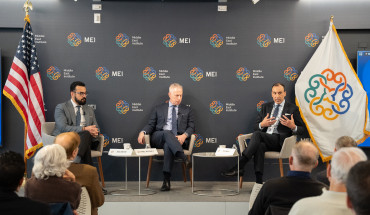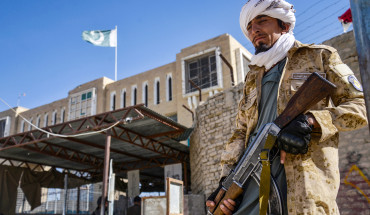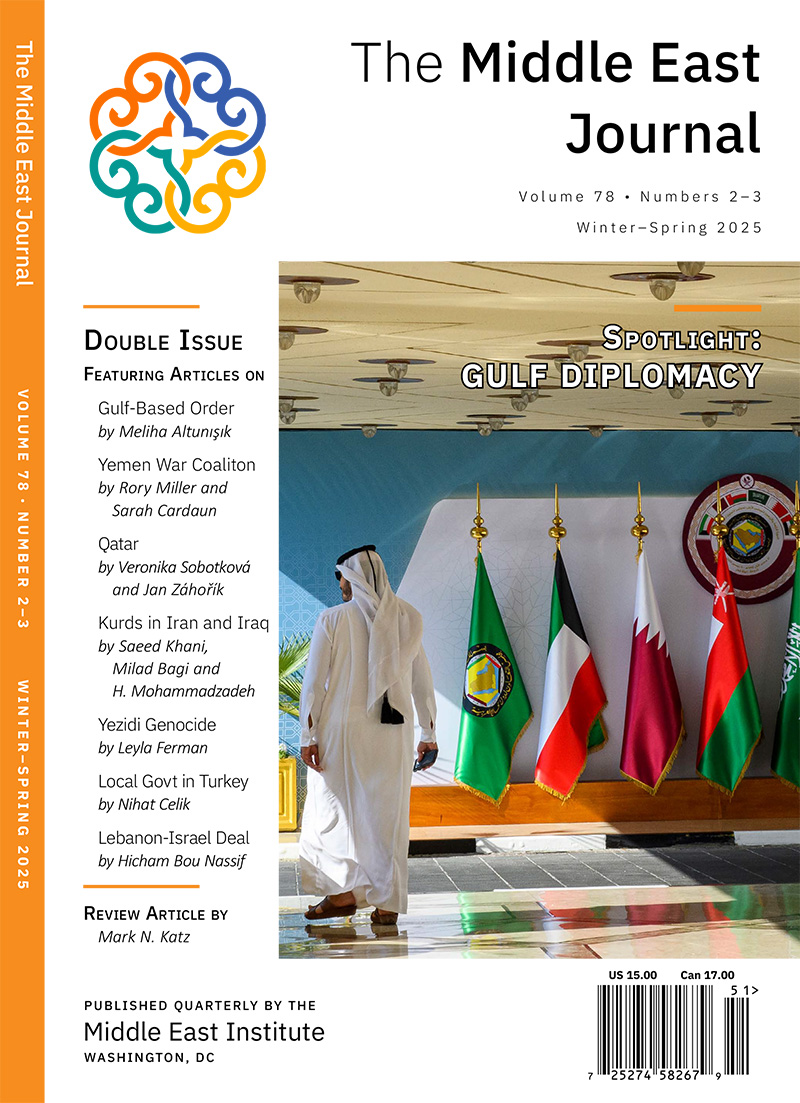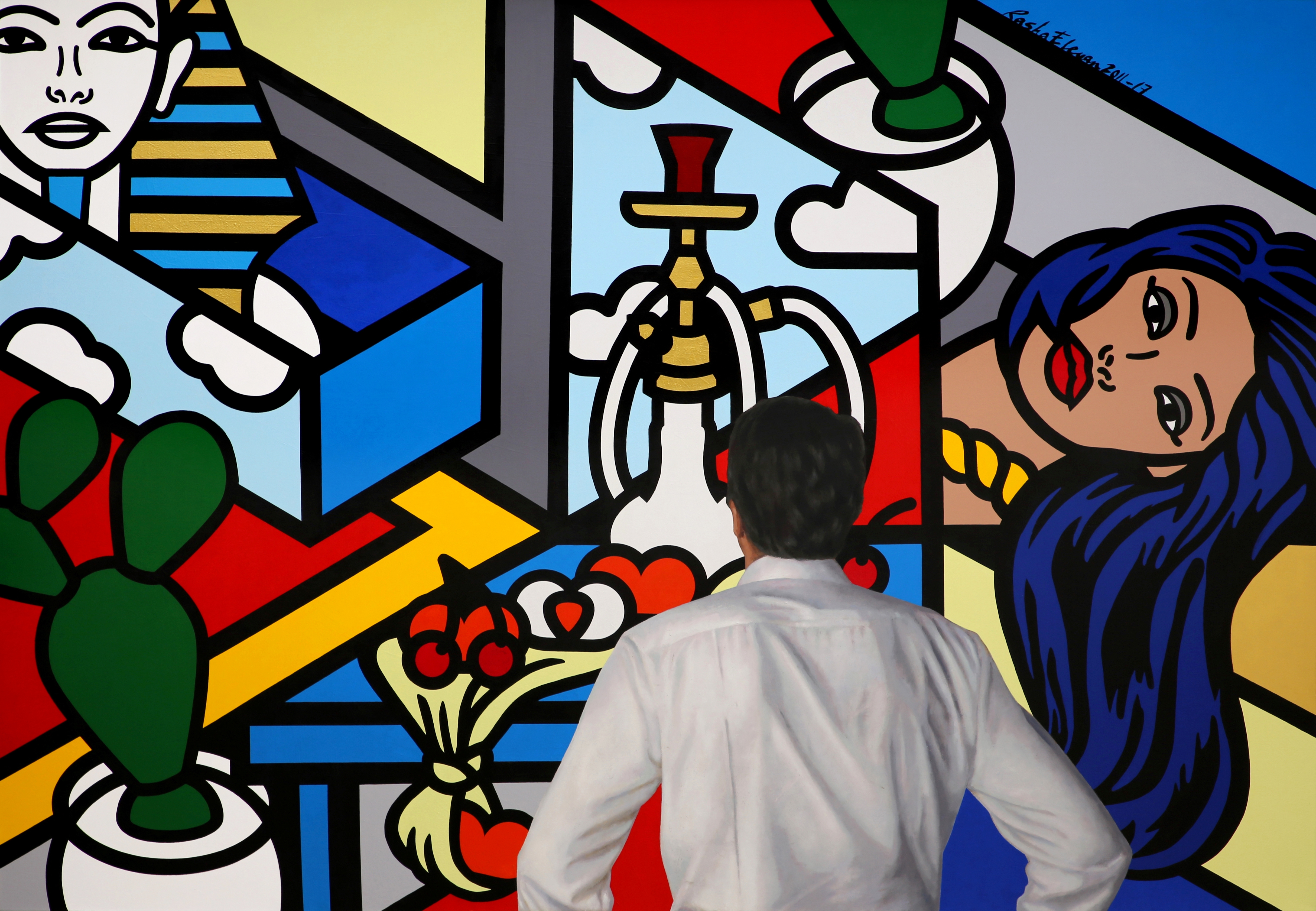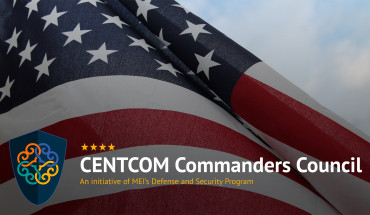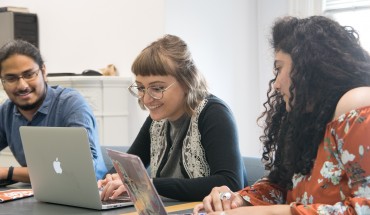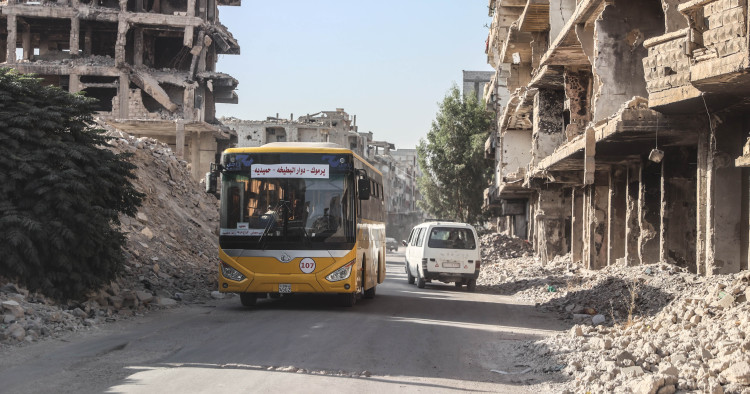I had the opportunity to visit Lebanon and Syria on October 12-17 as part of a small delegation organized by the Washington office of the United Nations High Commissioner for Refugees (UNHCR).
The refugees
The trip brought home to me the magnitude of the refugee crisis in both countries, the level of human misery, and the impact of dramatically reduced funding to cope with this crisis, especially from the United States. The numbers are stunning. Lebanon absorbed more than a million Syrian refugees during the 2011-24 Syrian civil war, according to figures from UNHCR. Some 350,000 have now returned, but many of those may seek to go back to Lebanon given the dire circumstances they find at home. In addition, some 100,000 new refugees, Alawite and Shi’a, have arrived in northern Lebanon and the Bekaa Valley in 2025, fleeing retribution from the Sunni majority; they are living in subhuman conditions in abandoned buildings, without heat or running water.
The situation is not much better in Syria. We visited the eastern suburbs of Damascus, where the devastation is apocalyptic. Bombed-out buildings look good compared to vast swaths that are nothing but rubble. This is 15 minutes from the capital city’s downtown. We met with a group of recently returned refugee women at a UNHCR-run community center. A substantial number said had they known how bad conditions were in Syria, they would not have left Lebanon. And what they left was pretty awful. Many had lived for years in what UNHCR calls informal tented settlements.
What is the US doing? We have cut our assistance to UNHCR from $2 billion in 2024 to $800 million in 2025. The impact on UNHCR operations has been devastating. In Lebanon and Syria, UNHCR’s dedicated and talented personnel are coping by centralizing some services and consolidating operations with other agencies, primarily the World Health Organization (WHO) and the United Nations’ Children’s Fund (UNICEF). But a reduction of funding of this magnitude has a direct impact on refugees themselves, primarily in health and education. Less than a third of secondary school-age refugees in Lebanon are actually in school.

Ryan Crocker.
There are solid national security arguments for a restoration of US funding to UNHCR. UNHCR has demonstrated it is a responsible and effective custodian of US contributions. Unchecked refugee flows are destabilizing, as we saw with the wave of Syrian refugees into Europe. Long-term refugee populations can also be a source of regional instability; and so it is clearly in the interest of security in this volatile region to facilitate the safe and orderly return of Syrians to their country in a manner that allows them to contribute to the rebuilding of Syria, not serve as a source of further unrest in Lebanon and in Syria itself. But it is more than that. We are America. We have the means to alleviate human misery. We are still Ronald Reagan’s shining city on a hill. We need to remember that.
Lebanon: The Hizballah factor
The refugee situation is one of a series of interlocking crises affecting Lebanon, Syria, Israel, and the region. In Lebanon, the spotlight is on the disarmament of Hizballah ahead of the looming December 31 deadline. My most immediate impression is that Beirut’s and Washington’s clocks are badly out of synchronization. We need to put more time on the Washington clock. For example, disarmament has not even been defined. There is precedent for militia disarmament in Lebanon — the Palestine Liberation Organization (PLO) in the summer of 1982 and Lebanese militias except for Hizballah in the spring of 1991. In both cases, disarmament was defined as heavy weapons, not individual arms (in the case of the predominantly Maronite Lebanese Forces in 1991, they were permitted to export heavy weapons). Insistence on the surrender of individual weapons is a complete non-starter in the Lebanese context.
It is an open question whether the Lebanese Armed Forces (LAF) will seek to disarm Hizballah by force. They have the power to do so, but it is fundamentally a political question. Lebanese Shi’a have long been disadvantaged economically and politically, including at the hands of their own feudal leadership before the 1975 outbreak of the Lebanese civil war. This sense of injustice and underrepresentation led to the rise of the populist Harakat al-Mahrumin (Movement of the Dispossessed) under the charismatic cleric Musa al-Sadr, which later became the Amal Movement, now headed by Speaker of Parliament Nabih Barri. Hizballah was a product of Iranian-Syrian collaboration, but it is also deeply rooted as a Shi’a populist movement principally through its provision of social services in largely neglected areas. A forcible effort to disarm Hizballah could pit the LAF against significant elements of the Shi’a population, a risk that the Lebanese government may not be willing to take.
Another unknown is Israel’s strategic aim in Lebanon. Israel has achieved an overwhelming tactical victory against Hizballah through military operations, the elimination of its leadership, and the losses inflicted on its primary patron, Iran. The overthrow of Bashar al-Assad’s regime in December interdicted its ground supply line via Syria. But all of this does not translate into strategic success. Military force alone will not bring peace. Israel launched Operation Peace for Galilee in June 1982 to eliminate the armed threat posed by the PLO in southern Lebanon. It succeeded in wiping out the group’s Lebanese presence but did not bring peace to Galilee. Instead, its invasion and occupation of southern Lebanon was the catalyst for the birth of Hizballah itself, a far more lethal threat to Israel than the PLO. Israeli force brought Hizballah into being; it will not eliminate it.
The way forward may require the US (and Israel) to accept a deferral of the disarmament deadline until after Lebanese parliamentary elections in the spring, allowing space for the development of alternative Shi’a political leadership.
There is one concrete step the Syrian interim government could take to increase pressure on Hizballah. It is related to the issue of the Shaba’a Farms. In the summer of 2000, following the Israeli withdrawal from southern Lebanon, I was summoned by Syrian Foreign Minister Faruq al-Shara and presented with a map from the mandate period purporting to show that the Shaba’a Farms were part of Lebanon, not the Syrian Golan Heights. He wanted me to know that Lebanon was asserting its claim to the area, and Syria was supporting it. This meant that the Israeli withdrawal from Lebanon was not complete and that Hizballah was justified in continuing its armed resistance. I pointed out that the map had been altered, and clumsily so. Struggling to keep his face straight, Shara repeated the Syrian position.
During my recent visit to Damascus, therefore, I made the point that by asserting that the Shaba’a Farms are part of the Golan, Syria could deprive Hizballah of a 25-year pretext and increase the group’s isolation.
Syria’s enormous challenges: Internal
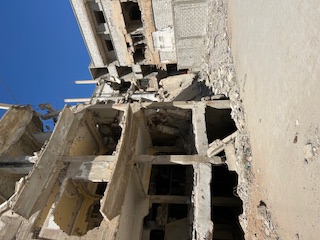
Ryan Crocker.
This was my first visit to Syria since I was the American ambassador to Damascus, in 1998-2001. Today, Damascus itself is more dilapidated, but largely unscathed. The only visible war damage inside the city limits is at the Ministry of Defense, in the city center, bombed by the Israelis in July. The largely Sunni suburbs are devastated, as are the Sunni cities of Aleppo, Homs, and Hama. The restoration of basic services such as water, power, and communications as well as sufficient levels of employment and education will be an immense challenge. Full-scale reconstruction is estimated at hundreds of billions of dollars, well beyond the capabilities of the new government now or in the future. Expectations are high for substantial assistance from the Gulf. The biggest ask of the United States from the interim government is the repeal of the Caesar Act, which imposed stiff sanctions on the Assad regime but remains in effect despite that regime’s collapse.
Damascus exudes an atmosphere of hope and concern. Traffic is chaotic at all hours, there is no curfew, and shops and cafes are bustling. The Old City is subdued, reflecting the economic impact of more than a decade of war. The concerns on the street are largely over economic conditions, with exhilaration over the fall of the Assad regime giving way to the harsh realities of the legacy of the war.
The political challenges facing the interim government are at least as immense as the economic ones. Internally, the biggest issue is the future relationship between the Kurds, who control much of northeastern Syria, and the interim government. The two sides reached an agreement in March on integration of Kurdish civilian and military structures into the Syrian state. But implementation has been halting, largely over the issue of the terms of integration for the Syrian Democratic Forces (SDF). The Kurdish position has been that they must be allowed to join as fixed units; the government has insisted that incorporation be as individual soldiers. During my visit, SDF Commander Mazloum Abdi announced that the Damascus government had accepted the SDF demand. We will see.
There are tensions with other groups. Revenge-driven violence against Alawite and Shi’a minorities in the north and coastal areas of Syria have sparked substantial refugee flows into Lebanon. More recently, clashes between the Syrian Druze community and Arab Bedouins in the southern governorate of Suwayda last July have sparked widespread anxiety — and triggered the Israeli bombing of the defense ministry.
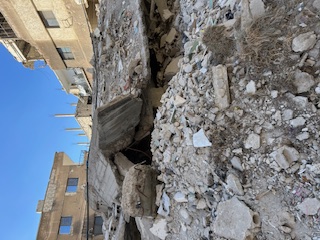
Ryan Crocker.
There are also worries about a lingering Islamic State (ISIS) presence. Although acts of violence attributed to ISIS have been few outside of SDF-controlled areas, the interim government considers the organization a threat, and the UN has reports of ISIS fighters infiltrating communities in and around Damascus by blending in with returning internally displaced persons since the fall of the Assad regime. The agreement by UNHCR to take over management in January of al-Hol camp near the Iraqi border (another reason to increase US support for the UN agency) is a hopeful development. It promises more orderly and systematic releases and repatriations from the camp of detainees who are deemed non-threatening as well as better coordination with the Damascus government when it comes to security and oversight.
Finally, there is uncertainty on the strategic direction and coherence of the new order in Syria itself. Many, inside Syria and out, remain unconvinced that Interim President Ahmed al-Sharaa has foresworn his al-Qaeda roots. There are also questions as to the long-term cohesion of the militant alliance that brought him to power.
Syria’s enormous challenges: External
These immense internal challenges are exacerbated in some cases by the actions of other countries. In the wake of the sectarian Suwayda clashes this past summer, there is speculation in Damascus that the ultimate Israeli aim is a fragmented Syria with a Druze-dominated rump state in the south supported by Israel (Israeli flags were much in evidence among the Druze in Suwayda during the fighting). In the north, Turkish policy is driven by animosity toward the SDF, which it equates with the Kurdistan Workers’ Party (PKK). This animosity has led Ankara to support anti-Kurdish proxy forces that are still active and raises the question of what form of integration of Kurdish forces into the Syrian military Turkey would actually permit or support.
Farther afield are Russia and Iran. Sharaa was in Moscow during my visit to Syria, gaining from President Vladimir Putin a “no strings attached” commitment of Russian assistance to the interim government. Of course, there are strings — the continued operation of Russia’s two military bases in Syria. The principle was established in the final days of Assad’s rule, when Russia withheld military support for his regime in Aleppo and Homs in return for acceptance of the bases by Hayat Tahrir al-Sham (HTS). Sharaa the pragmatist will also depend on Moscow’s continued support for his Russian-equipped military. Russia, thus, retains a toehold in the new Syria, but it is unlikely to regain considerable influence. Even if Sharaa were so inclined, memories of the extent of Russian and Russia-abetted atrocities against his core Sunni constituency during the war would serve as a check.
Iran was also a loser with the fall of the Assad regime, which Tehran had vigorously supported as its only Arab ally essentially since the 1979 Iranian Islamic Revolution, when Syria was still ruled by Bashar’s father, Hafez. The hostility toward Iran and its proxies is palpable on the part of the new Syrian regime. That said, Iran is down but not out in both Syria and Lebanon. It will continue to seek ways to support Hizballah in Lebanon, including attempts at arms supplies through now hostile but disorganized Syrian territory. There is also the possibility that, in Syria, Iran is stoking sectarian violence through support of Alawite militias in the coastal areas.
So what is the US role in this new Syria? A potentially decisive one. President Donald Trump took the bold and potentially transformative step in the spring of meeting with Sharaa, recognizing the latter’s interim government and lifting executive sanctions. Since then, the US has been active in trying to shape events in and around the war-torn country, largely through the efforts of Special Envoy for Syria (and ambassador to Turkey) Tom Barrack. Barrack appears to be well regarded in Damascus, including for his tough language calling for a halt to Israeli escalatory actions during the Suwayda fighting.
What we do not have in Syria is a functioning US Embassy. This is largely because of security concerns. I understand the worries about risk; I have taken a few during my long career. But risk has to be managed. It cannot be eliminated. Zero risk means zero action. Unfortunately, that is the diplomatic posture we have been in since Benghazi, particularly in the Middle East. Empowered special envoys can do a lot, as Ambassador Barrack has demonstrated. But we badly need a permanent diplomatic presence on the ground to coordinate, assess, influence, and shape conditions conducive to the emergence of a stable and secure Syria, at peace at home and with its neighbors. Retail diplomacy is essential to the execution of high policy.
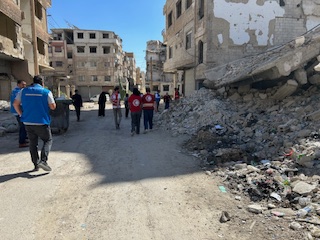
I am also concerned that this administration has deprived itself of vital tools necessary for policy success. The challenges in Syria call out for a robust presence by the US Agency for International Development (USAID) to channel humanitarian assistance and to foster urgent redevelopment through capacity building and microfinance programs — the kinds of low-cost, high-impact initiatives at which USAID excelled. Similarly, the Trump administration’s apparent intention to eliminate the US Agency for Global Media (USAGM) and its grantees, including Middle East Broadcasting Networks, constitutes unilateral disarmament in the information wars, in which our adversaries such as RT and Islamic Republic of Iran Broadcasting are increasing their disinformation efforts to our detriment. In this sense, the administration is at war with itself, choosing to eliminate sources of executive power rather than refocusing them.
Policy becomes personal
One element of unfinished business in Syria is the fate of Austin Tice, the journalist who disappeared in Syria in 2012 at the hands of the Assad regime. I was involved in early efforts to secure his release. Sadly, more than 13 years after his abduction and almost a year since the fall of the Assad regime, there are still no answers. The interim government does seem focused on the issue, and the Trump administration deserves credit for keeping it high on the bilateral agenda.
The indispensable nation
The most powerful impression I took away from this brief visit to Lebanon and Syria was the criticality of the US role going forward. We have done much to set the stage for positive change in this volatile region: recognition of the Syrian interim government, support for the LAF, and establishment of a military coordination committee with Israel and Lebanon on Hizballah disarmament. Now comes the hard part. We need to increase our contributions to UNHCR to avert a humanitarian and, potentially, a security crisis in both countries. We need to establish a permanent presence in Syria to assess and shape events there. We need to engage Israel and Turkey to reduce centrifugal tensions. And finally, we must restore the tools of executive power to make all of this possible.
Ambassador Ryan C. Crocker is a Distinguished Diplomatic Fellow with the Middle East Institute.
Top photo by Izz Aldien Alqasem/Anadolu via Getty Images
The Middle East Institute (MEI) is an independent, non-partisan, non-for-profit, educational organization. It does not engage in advocacy and its scholars’ opinions are their own. MEI welcomes financial donations, but retains sole editorial control over its work and its publications reflect only the authors’ views. For a listing of MEI donors, please click here.






